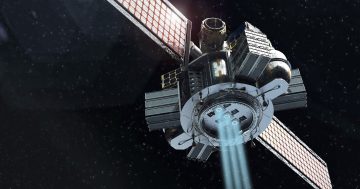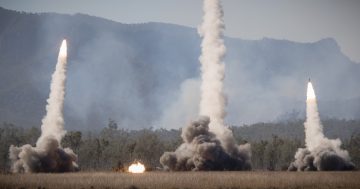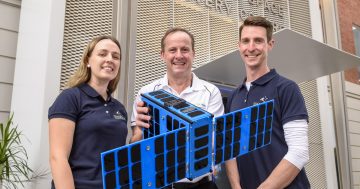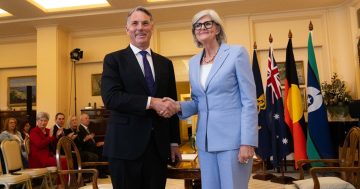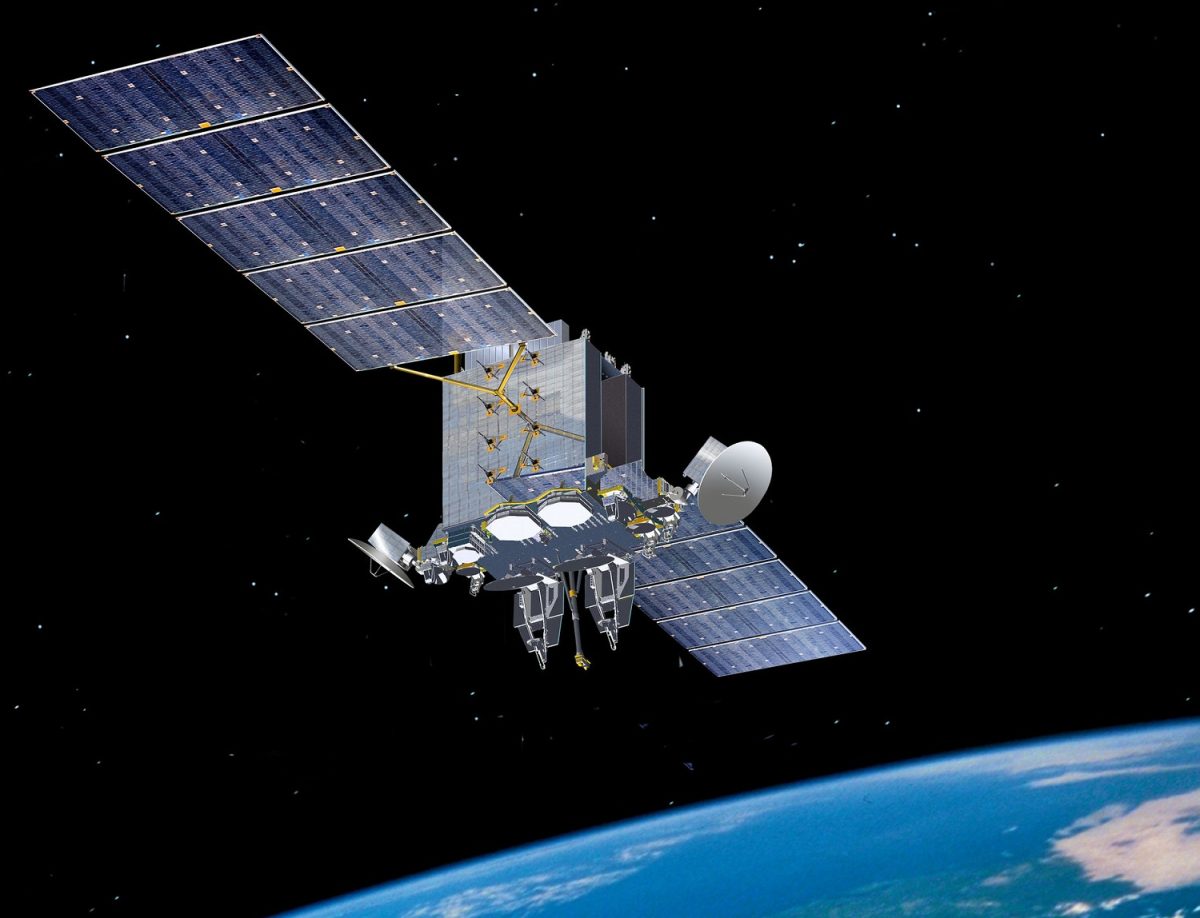
Lockheed Martin Australia’s JP9102 bid included a number of Australian companies in its supply chain. Image: Lockheed Martin.
The Commonwealth has cancelled the Joint Project (JP)9102 Phase 1 Defence Satellite Communications (SATCOM) system program.
Lockheed Martin was announced in April 2023 as preferred tenderer for Defence’s JP9102 Phase 1 for an Australian-owned and operated geostationary earth orbit (GEO) SATCOM system, ahead of bids headed up by Boeing Defence Australia, Northrop Grumman Australia, Airbus Australia Pacific, and Optus.
Each of the bids brought together teams of international and Australian companies. Lockheed Martin’s team included Australian companies Inovor Technologies, EM Solutions, AV-Comm, Linfox, Shoal Group, Ronson Gears, Calytrix Technologies, Conscia, Clearbox Systems, DXC and Blacktree Technology.
The new SATCOM system was to have comprised up to three Defence-controlled and operated geostationary communications satellites, multiple ground stations across Australia, an integrated SATCOM Management System, and two new satellite communications operations centres.
Geostationary orbits are located at 36,000 km above the earth’s surface where objects orbit the earth at the same speed the earth spins, thus the satellites are fixed above the same point on the earth’s surface.
In a 4 November announcement, Defence said, “with the acceleration in space technologies and evolving threats in space since the project’s commencement, Defence has assessed that a single orbit GEO-based satellite communications system would not meet strategic priorities”.
“As such, Defence has decided to cease its current procurement activity with Lockheed Martin Australia for a single orbit GEO-based satellite communications system. Lockheed Martin Australia continues to be a highly valued industry partner, supporting Defence’s requirements for contemporary and future capability demands.”
Australia’s current military SATCOM needs are met by a small payload carried by the Optus C1 satellite, and by a share in the US Air Force’s Wideband Global Satellite (WGS) constellation.
The Optus C1 satellite was launched in 2003 and was planned to have a 15-year service life, so it has already been extended past its use-by date. Australia bought into the WGS program in 2007 by funding a sixth satellite in that constellation which was launched in 2013 and is scheduled to last until 2027, giving it limited access to the entire WGS constellation.
Despite these limitations, Defence says its “current satellite communications capabilities support the immediate needs of the organisation”, and that the cancellation, “allows Defence to prioritise emerging needs, mitigate capability gaps and continue to support our transition to an integrated, focused force”.
The timing of the cancellation is curious. As the think tank Strategic Analysis Australia has pointed out, it comes just six months after the government released its Integrated Investment Program (IIP), a comprehensive review of Defence’s affordable and high-priority capabilities.
Australia’s space industry peak body expressed “profound disappointment” at the cancellation.
In a statement, the Space Industry Association of Australia (SIAA) said numerous members had been involved with JP9102 for years and were participating in Lockheed Martin Australia’s supply chain.
“I can only assume we will see job losses as a result of this decision, and what makes this cancellation worse is that the first industry briefings for this project were held in 2017, so some companies are coming up to eight years of involvement in the project,” SIAA Chairman Jeremy Hallett said.
“I am sure some companies will seriously consider the business case for dealing with Defence as a customer in the future, which I worry will mean our warfighters will miss out on homegrown innovations that can make a difference on the battlefield.”
Mr Hallett said the cancellation was just the latest in a series of cuts to Australian space programs by the government.
“We’ve seen a change in direction for Space Domain Awareness (JP9360) after industry being led along for many years,” he said.
“We have the media-reported cancellation of the Resilient Multi-Mission STaR Shot program by DSTG (Defence Science & Technology Group), we have heard nothing public on Assured Positioning, Navigation and Timing (JP9380) even though that tender closed over a year ago, and now this news on JP9102 – not to mention cuts to civil space programs.”
Defence Minister Richard Marles called the move a change of direction rather than a cancellation.
“What we’ve done is made a decision to re-scope it, to take into account, really, developments in technology, so that we have a more distributed solution to future Defence communications which is more resilient, which does pick up the kind of technology that we are seeing being used around the world,” he said.
Writing in the Australian Strategic Policy Institute’s (ASPI) The Strategist on 6 November, senior analyst Malcolm Davis said the move “has generated uncertainty about the future of a critical ADF capability”, and that there is “anger in the Australian commercial space community over the negative signals the decision sends about government support for the space sector”.
“With the cancellation of JP9102, the government must quickly declare its new plan,” he said.
“Simply stating that Australia will ‘continue to rely on existing satellite communications’ isn’t good enough when that capability won’t last long and when getting results from a new project will take years.”




